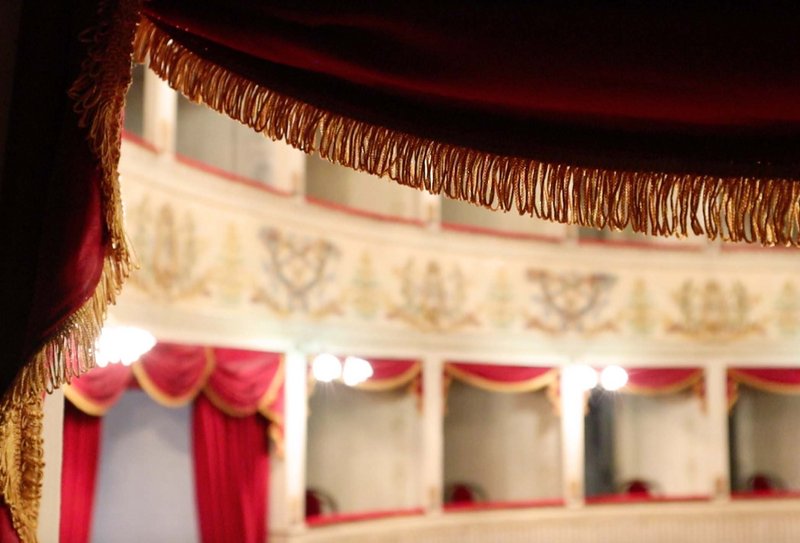 The organisation, repertoire and original scenic materials of Feltre’s Teatro sociale (1797–1866)
The organisation, repertoire and original scenic materials of Feltre’s Teatro sociale (1797–1866)
Deutsch English Français Italiano
Summary
This research project is focused on the theatre in Feltre (Veneto) from 1797 to 1866 – thus at the time when the Hapsburgs governed Veneto, up to the time of Italian independence.
The Feltre Theatre is of great significance as an object of research. First, because it is one of the few places where original scenic materials have survived from the 19th century. Secondly, because as one of the innumerable Italian “provincial” theatres of the 19th century, its unusual wealth of source materials about the theatre business, repertoire and administration means it bears testimony to a vibrant tradition of theatrical practices that have remained little investigated to the present day. In 19th-century Italy, city theatres were one of the few places where groups of people could gather together, and where events could take place at which public opinion could be shaped, monitored and steered. For this reason, the Feltre Theatre is also of immense interest as a centre of opinion-making and of socio-political organisation.
This project will investigate the history of the theatre building, its interior spaces, its scenic materials, its performances, its forms of organisation (directors, impresarios, theatrical troupes etc.), the administration and practices of the theatre company itself, the social localisation of its audience members, and popular tastes. To this end, the Feltre Theatre, its stage materials and repertoire will be analysed using a micro-historical approach in the socio-political context of Hapsburg rule of Lombardo-Venetia. We shall pay special attention to forms of social life and to studying social networks that formed around the Feltre Theatre and its fellow provincial theatres in northern Italy. The relationship of the centre to the periphery and a comparison with other north-Italian theatres and other forms of cultural transfer (both national and transnational) will have a central role in our investigations with regard to repertoire, musical styles and theatre sets.
Reception and audience taste
How were these performances received by the public? We know that theatrical troupes were prompted to change their programmes depending on the reactions of their audiences (most obviously when a work flopped). Sometimes, these changes were made literally overnight. Such instances were reported in the news media, and point to the importance of public taste, which could also differ from one theatre or town to the next. These swift programme changes also prove that the theatrical troupes and their impresarios were highly attentive in trying to fulfil the expectations of their respective audiences.
The programmes of the bigger Italian theatres are well documented, but the programming policies of the smaller theatres remain largely uninvestigated, despite the fact that these theatres were so numerous and active in the 19th century. By researching into the programmes of a provincial theatre such as that of Feltre, we are able to observe how audiences in a small town reacted to theatrical fashions that emerged at the bigger theatres in the metropolises (such as La Scala Milan or La Fenice in Venice). By tracking the places where a work was performed, the travels of a theatrical troupe and of individual actors and singers, we can trace the development of audience preferences and the emergence and dissemination of trends in repertoire and performance styles. By investigating audience tastes, we can analyse processes of imitation and demarcation that different population groups employed in order to consolidate their place in the societal order, to maintain their status, to close ranks inwardly and to exclude the lower social orders – dropping trends as soon as they were taken up by those who were regarded as further down the social hierarchy.